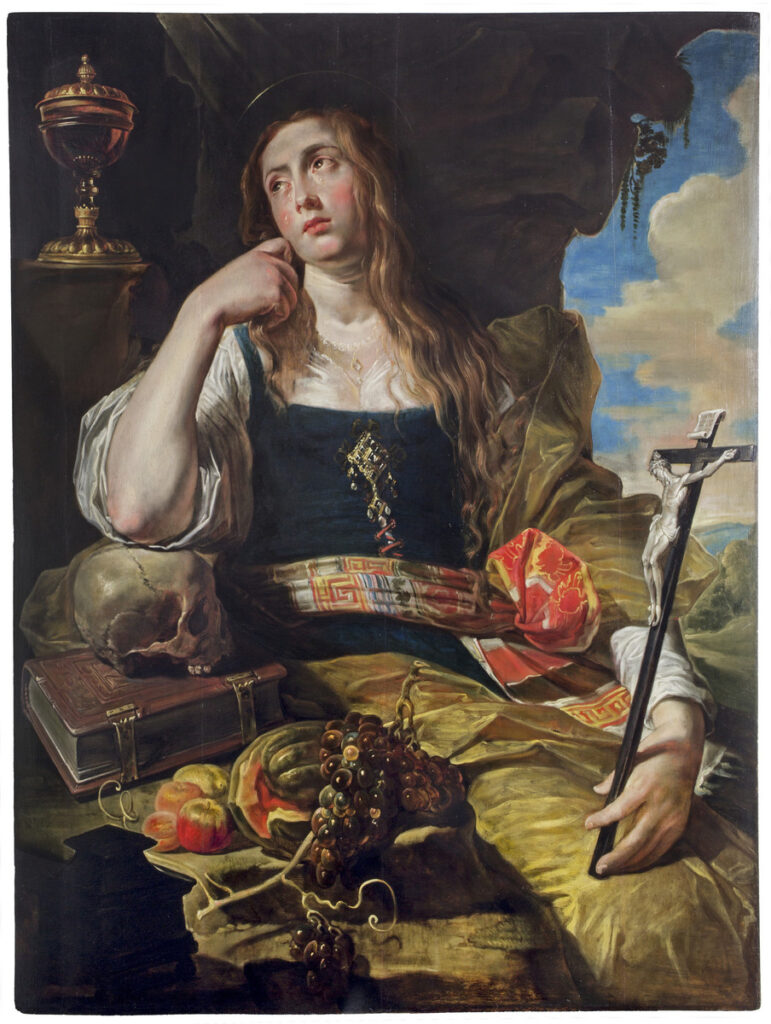Not On View
Janssens, Abraham
Flemish (ca. 1575-1632)
Place made: Europe; Flanders; Antwerp
The Penitent Magdalene, ca. 1620
Frame: 58 1/2 in x 48 in x 4 in; 148.6 cm x 121.9 cm x 10.2 cm; Panel: 48 in x 38 1/2 in; 121.9 cm x 97.8 cm
Gift of David Giles and Louise Carter in honor of John Varriano, Professor of Art History (1970-2009)
MH 2011.3

 GIVE
GIVE